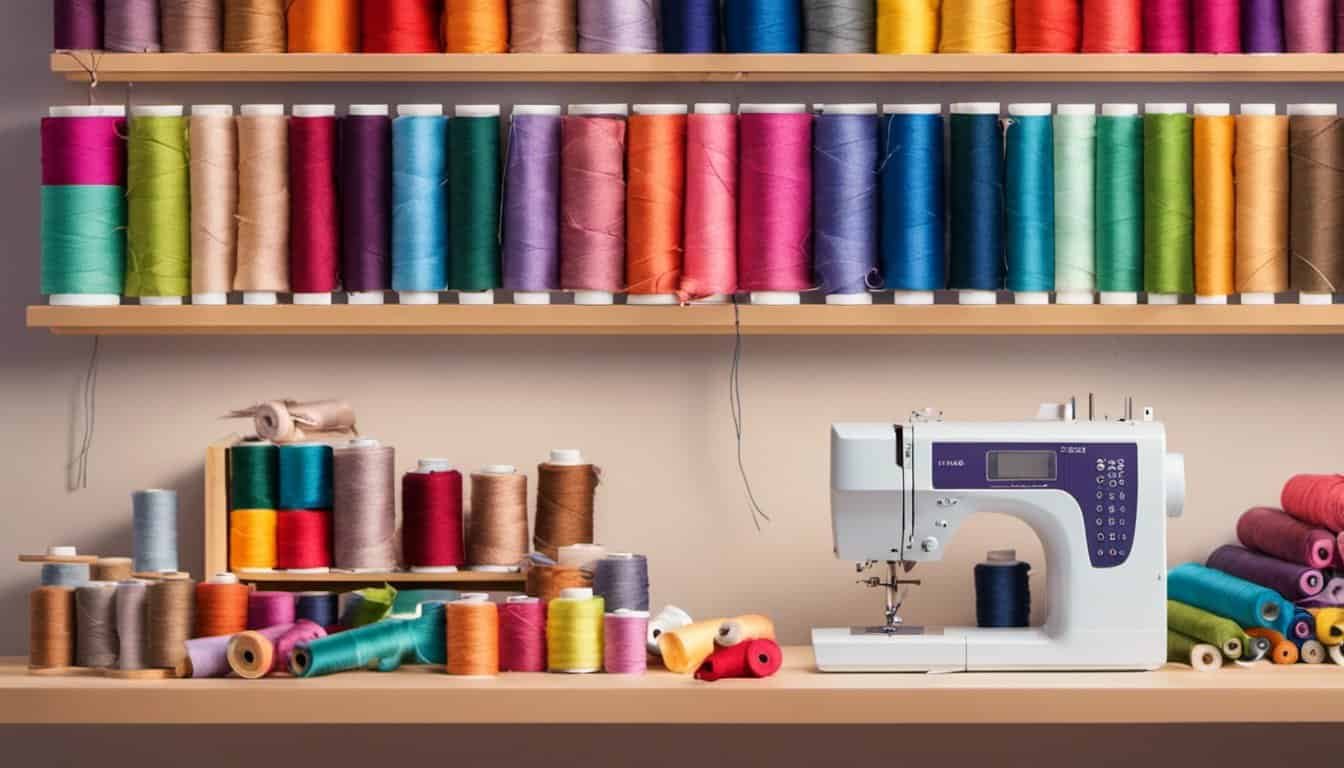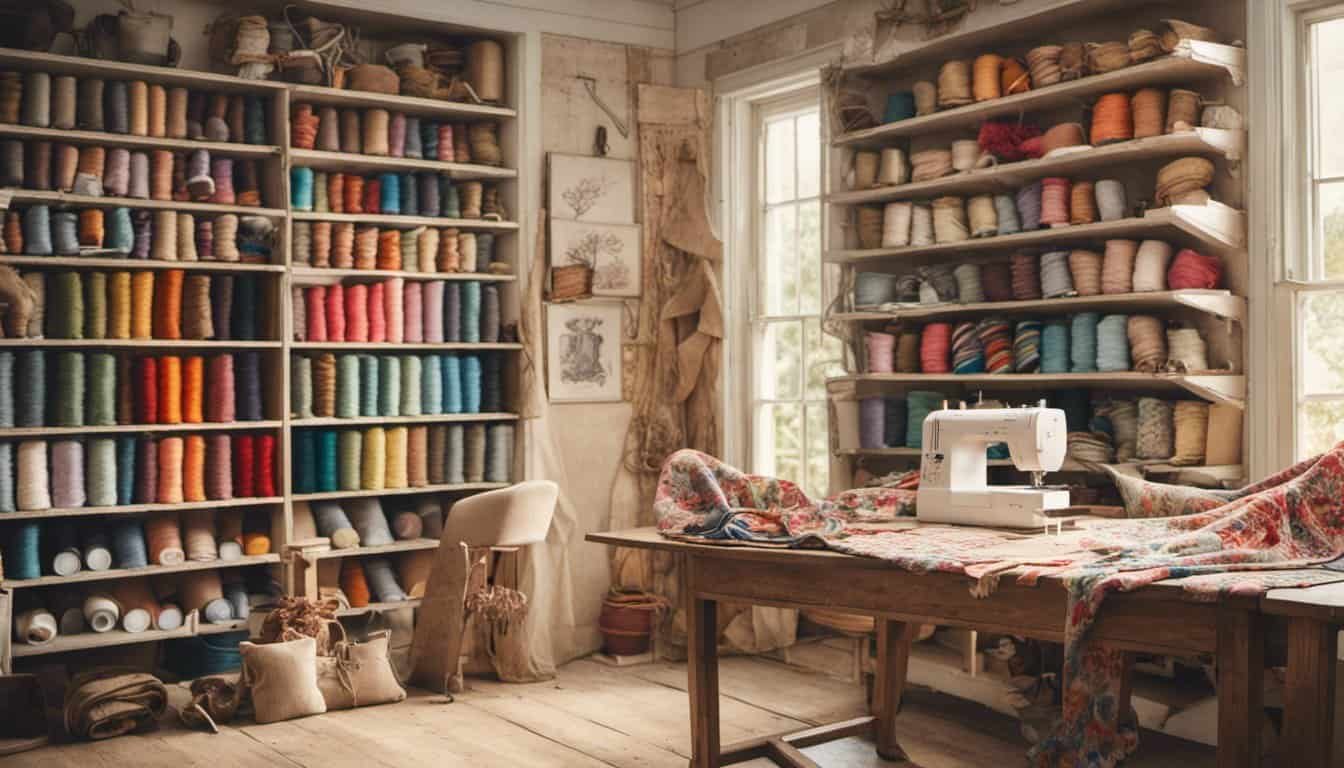I’ve always loved the swish and sway of a flared skirt. There’s something magical about how godets add that perfect touch of movement and elegance. Sewing your own godets might sound daunting, but it’s easier than you think.
In this guide, I’ll walk you through each step to create beautiful godets for your flared skirts. Whether you’re a seasoned seamstress or just starting out, you’ll find the process straightforward and enjoyable. From selecting the right fabric to attaching the godets seamlessly, we’ll cover everything you need to make your skirt truly special.
Understanding Godets and Their Role in Flared Skirts
Godets create volume and movement in flared skirts by adding triangular fabric inserts. They expand the fabric’s circumference, resulting in a graceful, flowing silhouette. Incorporating godets allows for a more dynamic and feminine design compared to simple gathers or pleats.
Benefits of Using Godets
- Volume Enhancement: Adds fullness to the skirt without excessive fabric.
- Movement: Facilitates graceful swaying during motion.
- Versatility: Suitable for various fabric types and skirt styles.
- Customization: Enables precise control over the amount of flare.
Types of Godets
- Single Godets: One triangular insert per side, ideal for subtle flare.
- Double Godets: Two inserts per side, offering increased volume.
- Quarter Godets: Smaller triangles placed strategically for minimal impact.
Key Measurements
| Measurement | Description |
|---|---|
| Godet Length | Distance from the waist to the hem |
| Triangle Base | Width at the top of the godet |
| Skirt Width | Total circumference of the skirt |
| Number of Godets | Total inserts used in the skirt design |
Accurate measurements ensure the godets integrate seamlessly with the skirt, maintaining proportion and balance. Selecting the appropriate number and size of godets directly influences the overall appearance and functionality of the flared skirt.
Fabric Selection for Godets
Choosing the right fabric is crucial for achieving the desired flare and comfort. Lightweight fabrics like chiffon or organza create a delicate, airy effect, while sturdier materials like cotton or denim provide structure and durability. Matching the fabric type with the skirt style enhances both aesthetics and wearability.
Placement and Attachment
Proper placement ensures even distribution of volume. Godets attach to the skirt’s side seams, spaced consistently around the circumference. Precision in sewing prevents puckering and maintains the skirt’s intended shape. Utilizing a curved pattern for godet insertion facilitates a smooth transition between the skirt body and the godets.
By understanding the role and implementation of godets, you can create flared skirts that embody elegance and tailored precision.
Materials and Tools Needed
To sew godets for flared skirts, I ensure I have all the necessary materials and tools on hand. This preparation makes the sewing process efficient and enjoyable.
Selecting the Right Fabric
Choosing the appropriate fabric is crucial for achieving the desired skirt silhouette. I typically select from the following options:
- Lightweight Cotton: Ideal for creating flowy, comfortable skirts.
- Silk: Perfect for elegant, dressy flares with a luxurious sheen.
- Denim: Best for structured, casual styles that require durability.
Before cutting, I always pre-wash the fabric to prevent any shrinkage later. Additionally, I consider the fabric’s stretchiness; non-stretch fabrics like cotton and silk work well for godets, ensuring a graceful drape without distortion.
Essential Sewing Supplies
Having the right tools makes sewing godets straightforward. I use the following essential supplies:
- Sewing Machine: A reliable machine with adjustable stitch settings.
- Fabric Scissors: Sharp scissors dedicated to cutting fabric accurately.
- Rotary Cutter and Mat: For precise and clean fabric cuts.
- Measuring Tape: Essential for taking accurate measurements.
- Pins and Pin Cushion: To hold fabric pieces securely while sewing.
- Matching Thread: Ensures seams blend seamlessly with the fabric.
- Iron and Ironing Board: For pressing seams and fabric for a professional finish.
- Pattern Paper and Pencil: To draft and adjust godet patterns as needed.
Organizing these supplies before starting helps maintain a smooth workflow and reduces the chances of errors during the sewing process.
Step-by-Step Guide to Sewing a Godet
Sewing a godet adds beautiful flare to skirts. Follow these steps to create your own flared skirt with ease.
Preparing the Skirt Base
First, ensure your skirt base is finished. Hem the skirt to the desired length, allowing enough fabric for the godets. Mark the placement of each godet evenly around the waistband, spacing them approximately 6 to 8 inches apart. Use tailor’s chalk for precise markings to maintain symmetry and balance.

Cutting and Shaping the Godet
Measure the circumference of your skirt at the hem to determine the number of godets needed. For each godet, calculate the width by dividing the circumference by the number of godets. Cut triangular pieces from your chosen fabric, ensuring each triangle has a base matching the calculated width and a height that achieves the desired flare. Typically, a height between 4 to 6 inches works well for most skirts.
Attaching the Godet to the Skirt
Align the base of each godet with the marked positions on the skirt hem. Pin the godets in place, ensuring the edges are smooth and even. Sew the godets to the skirt using a straight stitch, reinforcing the seams for durability. After attaching all godets, press the seams open to create a clean finish. Finally, give the skirt a thorough press to smooth out any wrinkles and highlight the added volume from the godets.
Tips for Achieving a Professional Finish
Achieving a polished look requires attention to detail in every step. Here are key techniques to ensure your flared skirts with godets look professionally made.
Seam Allowances and Hemming Techniques
Consistent seam allowances ensure strength and durability.
- Use a 5/8-inch seam allowance for attaching godets to the skirt.
- When hemming the skirt, opt for a 1-inch fold for a clean edge.
Press seams open after sewing to maintain flatness.
- Pressing during sewing helps set the stitches and prevents bulk.
« How to Use a Seam Ripper Without Ruining Fabric – 7 Expert Secrets Revealed
You Won’t Believe How Easy It Is: How to Sew a Simple Pillowcase for Beginners »
Employ a blind hem stitch for an invisible finish.
- This technique hides the hem inside the skirt, offering a seamless appearance.
Adjusting for Perfect Fit and Flare
Measure accurately to match the skirt’s circumference with godet placement.
- Calculate the number of godets by dividing the waistband measurement by the desired spacing, typically 4-6 inches apart.
Adjust godet size based on the desired flare.
- Larger godets create a more dramatic flare, while smaller ones offer subtle volume.
Modify the skirt’s waist and hem measurements as needed.
- Ensure the waist fits snugly by taking precise measurements and adjusting patterns accordingly.
Test flare with a mock-up before final sewing.

- Create a test skirt using scrap fabric to visualize the flare and make necessary adjustments.
By meticulously applying these seam allowances and adjusting techniques, your flared skirts with godets will exhibit a professional finish and graceful silhouette.
Common Mistakes to Avoid
Incorrect Godet Size
Using godets that are too large distorts the skirt’s silhouette, while too small godets fail to create the desired flare. Measure precisely to ensure each godet complements the skirt’s circumference.
Uneven Placement
Placing godets unevenly results in an asymmetrical skirt. Mark each godet position accurately around the waistband to maintain balance and uniformity.
Poor Fabric Selection
Choosing heavy fabric for a flowy skirt restricts movement, and lightweight fabric for a structured skirt lacks shape. Select fabric based on the skirt’s intended style and movement.
Inaccurate Measurements
Miscalculating measurements leads to ill-fitting skirts. Double-check all measurements, including waist circumference and godet dimensions, before cutting fabric.

Improper Seam Allowances
Using inconsistent seam allowances weakens seams and causes fraying. Maintain a 5/8-inch seam allowance when attaching godets for durability and a clean finish.
Skipping Fabric Preparation
Failing to pre-wash fabric can cause shrinkage later, altering the skirt’s fit. Always pre-wash your fabric to prevent unexpected size changes.
Neglecting to Press Seams
Not pressing seams results in a rough appearance. Press all seams open after sewing to ensure a professional and polished look.
Overcomplicating the Design
Adding too many godets or intricate details makes sewing more challenging and can overwhelm the skirt’s design. Keep godet designs simple to maintain elegance and ease of construction.
Ignoring Fabric Grain
Cutting godets without aligning to the fabric grain causes uneven draping. Ensure all godets follow the fabric’s grain to achieve a consistent flow.

Rushing the Sewing Process
Hurrying through steps leads to mistakes and poor-quality finishes. Take your time with each step, especially when attaching godets, to ensure accuracy and craftsmanship.
By avoiding these common mistakes, you enhance the quality and elegance of your flared skirts, ensuring a graceful and professional result.
Conclusion
Creating a flared skirt with godets brings a special touch to any wardrobe piece. I love how the added volume and movement make each step feel graceful. Seeing your design come together piece by piece is incredibly rewarding.
Don’t hesitate to experiment with different fabrics and godet styles to match your personal taste. Every skirt you make will be unique and a testament to your creativity. Happy sewing and enjoy the beautiful skirts you create!















